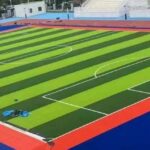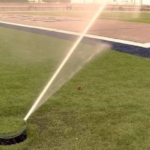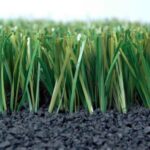We can often see artificial turf in football fields, school playgrounds, indoor and outdoor landscape gardens. Do you know the difference between artificial turf and natural turf? This article talks about.
The difference between artificial turf and natural turf
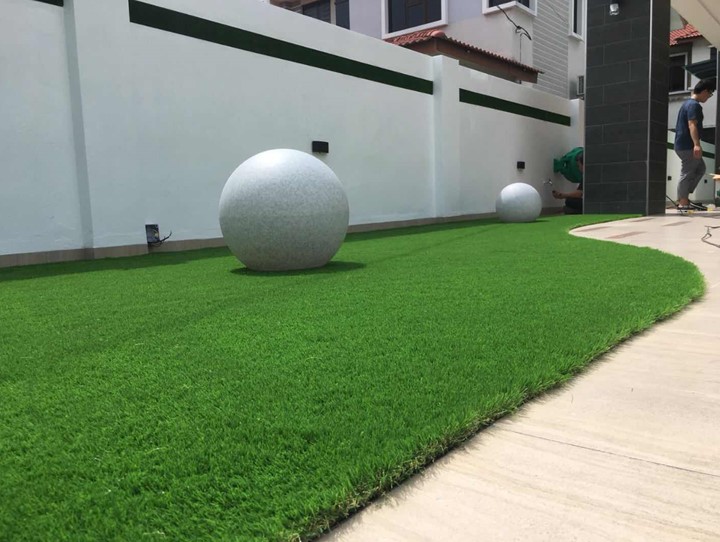
Weather resistance: The use of natural lawns is easily limited by seasons and weather, and natural lawns cannot survive in cold winters or adverse weather. Artificial turf can adapt to various weather and climate changes. Whether in cold winter or hot summer, artificial turf can be used normally. It is less affected by rain and snow and can be used 24 hours a day. The artificial turf produced by Maddie has been certified by professional testing institutions, and the artificial turf products can be used normally under the temperature conditions of 60℃ to -40℃.
Durability: Sports venues paved with natural lawns are usually put into use after 3-4 months of maintenance after the lawn is planted. The general service life is between 2-3 years, and can be extended to 5 if the maintenance is strong -6 years. In addition, natural grass silk is relatively fragile, and it is easy to cause damage to the turf after being subjected to external pressure or friction, and the recovery is slow in the short term. Artificial turf has excellent physical wear resistance and is durable. Not only the paving period is short, but also the service life of the site is longer than that of natural turf, usually within 5-10 years. Even if the artificial turf site is damaged, it can be repaired in time. , will not affect the normal use of the venue.
Economical and practical: The cost of planting and maintenance of natural turf is very high. Some professional football fields that use natural turf have a high cost of turf maintenance every year. The use of artificial turf can greatly reduce the later management and maintenance costs, and the maintenance is simple.
Safety performance: Natural turf is a natural growth, and the friction coefficient and sliding property cannot be controlled when moving on the turf, while artificial turf can be controlled through scientific ratios and special production processes during production. The density and softness of the product can be more suitable when used, and the shock absorption effect and cushioning force are better, which can ensure that people are not easy to be injured when exercising, and it is not easy to cause fire. In addition, the surface layer of artificial turf can be recycled and reused, and the environmental protection performance is excellent.
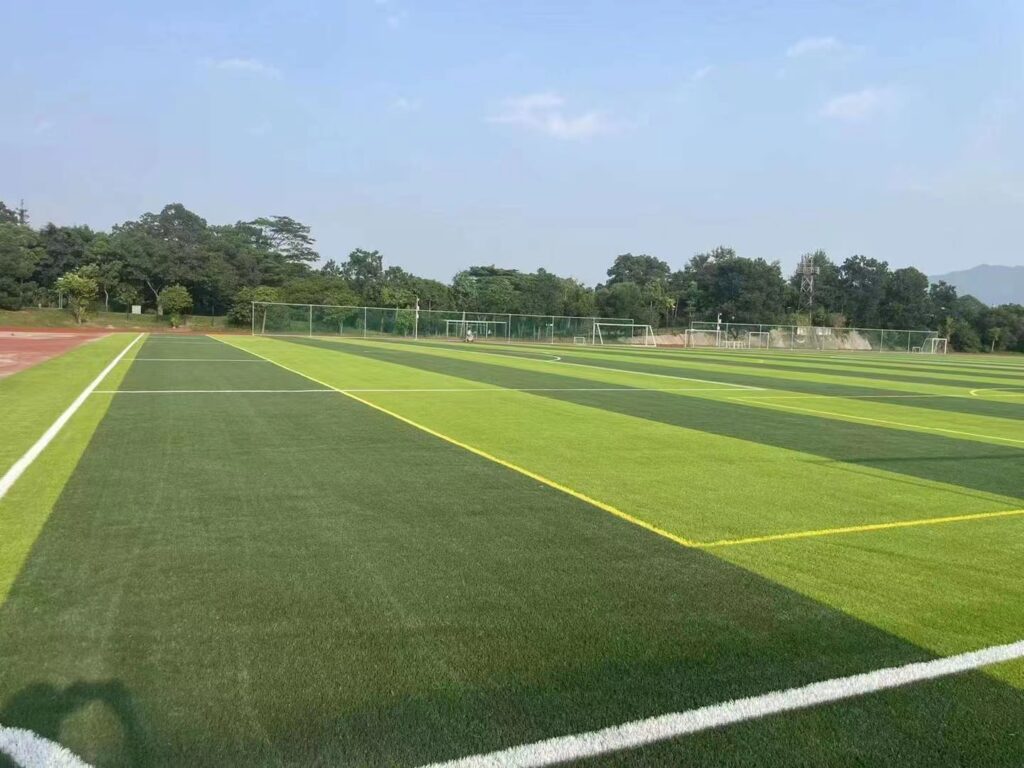
Nowadays, people have improved the quality of artificial turf to be the same as that of natural turf, and even surpass natural turf in some aspects. In terms of appearance, artificial turf will be more and more close to natural grass, and its integrity and uniformity will be better than natural grass, but it is inevitable that they differ in ecological benefits. The ecological function of natural turf to adjust the microclimate and transform the environment cannot be replaced by artificial turf, but with the development of artificial turf technology in the future, we can believe that artificial turf and natural turf will continue to play their respective advantages, learn from each other and combine each other. In this context, the artificial turf industry is bound to usher in a broader development prospect.

